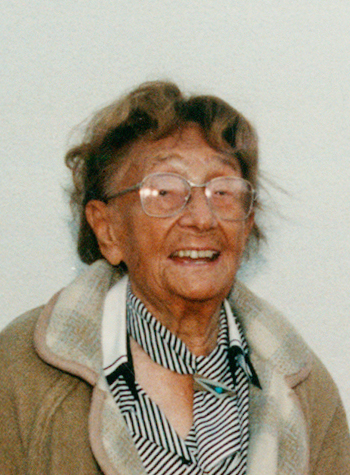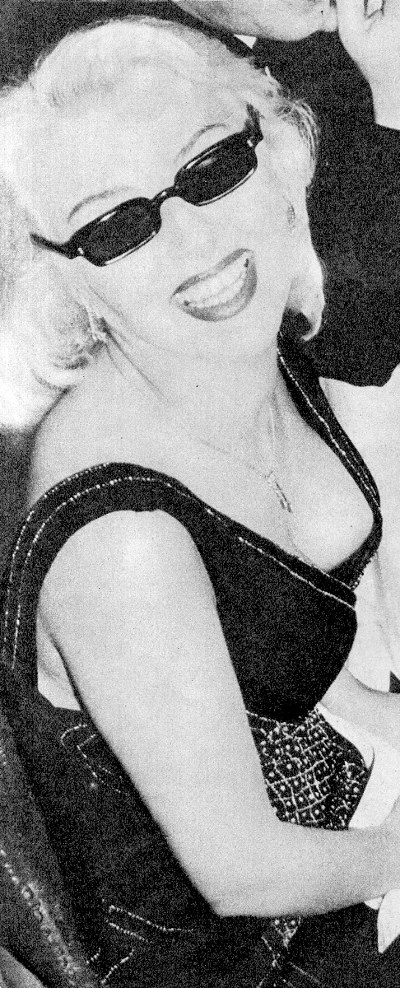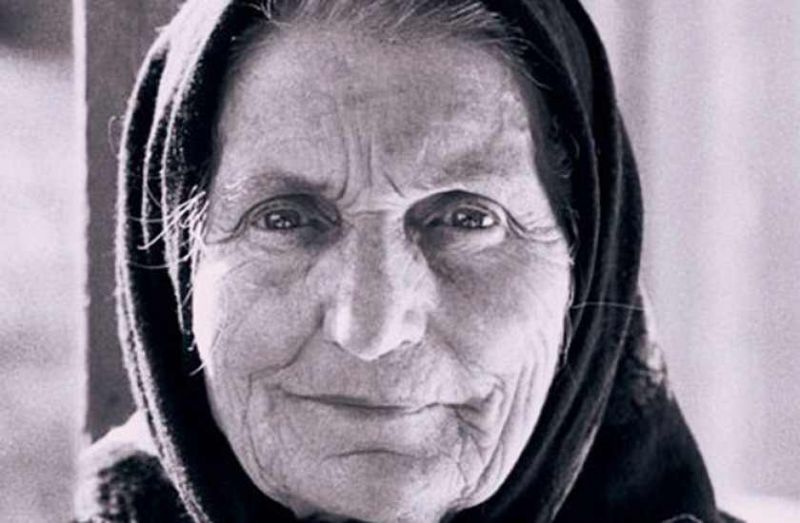
KARLA BULOVEC MRAK was a Slovenian sculptor, painter and writer who lived in three successive States that existed on the same territory. The Austro-Hungarian Empire, the Kingdom of Yugoslavia and the Socialist Federal Republic of Yugoslavia. Karla was a stubborn and rebellious person which caused her many problems and regardless of the State, she was always marginalized. She was well educated but decided to be, not a teacher, but a (female) sculptor which was not in conformity with social expectations. In 1917 she left the cage of the small provincial city of Ljubljana, and went to Munich, Vienna, Prague and Paris, where she felt relatively freed of social chains. She participated in joint exhibitions with famous Slovenian and European artists in different European countries. Her independent exhibitions, however, were sharply criticized.
She was looked down on because she was poor most of her life and did not conform with social norms. Still, present-day texts about her and her work start with “Karla Bulovec was married to Ivan Mrak”. Likewise in France the socially disturbing Simone de Beauvoir was often referred to as Jean Paul Sartre’s companion, Karla was not referred to by name. Her husband accepted her otherness and understood her, but he himself was socially, politically and professionally marginalized. Though she was fighting for public recognition, Karla did not embrace the women’s cause. After the Second World War the new government was suspicious of artists whom they could not control like industrial workers. The “socialist bohemia”, to which Karla belonged, were at the edge of society.
Overlooking social conventions regarding men and women, Karla was sharply criticized and misunderstood throughout her life. Nothing important has been written nor produced about her except for some scientific articles and a film titled Ivan and Karla.




















